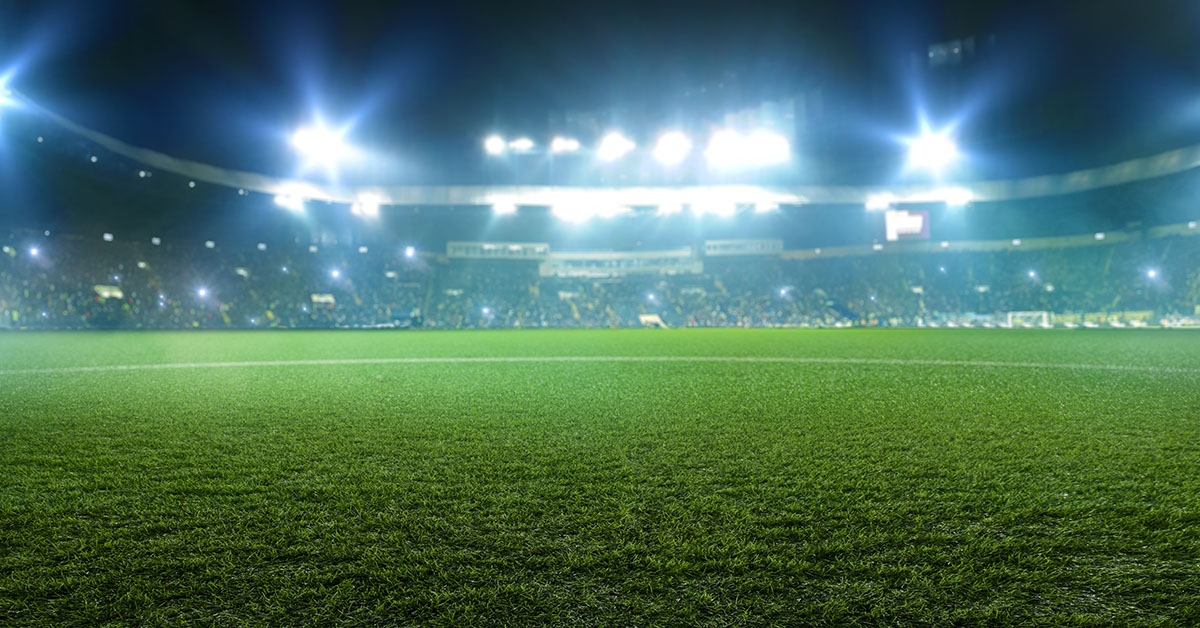As a new year begins, major changes are happening within sponsorship deals and the teams who manage them. One of the most in-demand skills is product development—new assets and offerings are proving crucial to keeping existing deals afloat. As a result, we see many organizations taking a more modern approach toward executing their sponsorship deals.
Getting Creative
Sport sponsorships have long provided valuable engagement with audiences. But without fans inside stadiums or at events, brands and agencies are looking for new ways to maintain that engagement. The industry has been witnessing a slow decline of pre-made package deals for some time, but pandemic considerations rapidly accelerated it. More than ever before, rights holders are collaborating with individual sponsors to create deals that help brands connect in new and innovative ways.
Recently, the Serie A football club introduced new asset categories connected with VAR (virtual assistant referee) and goal line technologies. This has been seen as a lucrative untapped advertising opportunity for sponsors to take advantage of pauses caused by referee calls. The NFL has also gotten creative, incorporating Nickelodeon’s iconic green slime dump into their end zone broadcasts, and adding googly-eyes to players as a promotion for SpongeBob, in effort to attract younger audiences. Partnerships like these are transcending how organizations are thinking about traditional sponsorship assets.
However, there is concern that some new assets could get in the way of the root of the event and passion of sport, leading to branding fatigue in fans. Consider the Hawk-Eye Live system, frequently used at many tennis tournaments and slams to automate line calls, and most recently utilized at the Australian Open. The creators have suggested that “out” and “fault” calls could be replaced with shouts of sponsors’ names but concede that it “might wind a few people up after a while.”
Understanding Outcomes
The push toward new assets offers brands an opportunity to rethink how they want to activate. The key is to look at exactly how they are using sponsorship deals to achieve their objectives—not just why.
Understanding where the value comes from is key in justifying the spend.
With big changes in which assets can be delivered and how, plenty of deals have been turned upside down or restructured. Brands are specifically seeking assets that improve their direct-to-consumer outreach. Some of those are even assets that already existed, but were undervalued or seen as mere add-ons, especially in the digital space. What was once an afterthought could now have much more value, such as branding on a fan-facing voting platform or the placement of logos in email newsletters.
While digital-based sponsorships will provide immense value in 2021, we don’t yet know what next year will look like. Depending on performance and results, brands may want to pull back or double down on this strategy. A contract might specify a social media post, but it doesn’t have to be exactly that—collaboration and flexibility will be vital to the long-term health of these partnerships.
KORE is the global leader in engagement marketing solutions, serving more than 200 professional teams and 850+ sports and entertainment properties worldwide, providing practical tools and services to harness customer data, facilitate sponsorship sales and activation, and create actionable insights.

